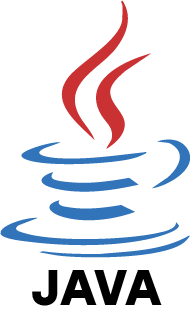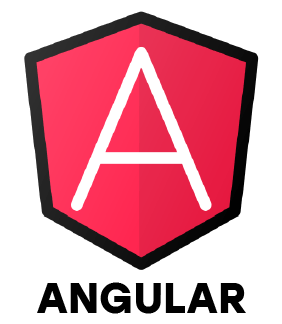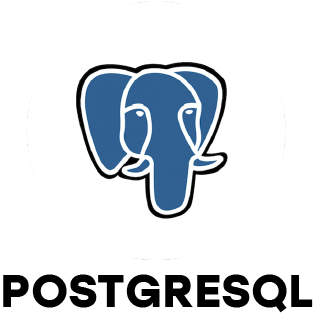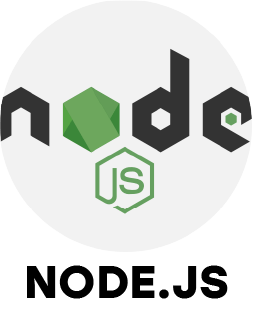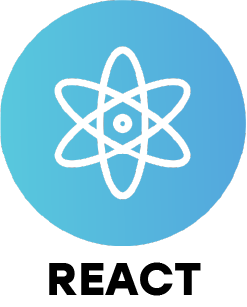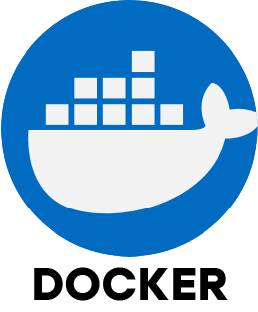1. What is Virtual DOM?
Ans:
The Virtual DOM is a lightweight copy of the actual DOM (Document Object Model). React uses it to track changes efficiently by updating the virtual version first, then syncing only the necessary parts with the real DOM, making updates faster.
2. What is JSX?
Ans:
JSX is a syntax used in React that allows developers to write HTML elements within JavaScript code. It makes it easier to design and manage UI components in a structured and readable way.
3. What does Full Stack Development mean?
Ans:
Full Stack Development refers to handling both frontend (the visible part of a website) and backend (the server-side logic, database, etc.), allowing developers to manage the entire web application.
4. What are common tools used by Full Stack Developers?
Ans:
Frontend tools include React, Angular, and Vue.js. For backend, Node.js, Express, and Django are popular. Databases like MongoDB, MySQL, and PostgreSQL are frequently used, along with tools like Git, GitHub, Docker, and Jenkins.
5. What is Inversion of Control and Dependency Injection?
Ans:
Inversion of Control (IoC) means letting external systems control certain parts of your code logic. Dependency Injection is a technique to provide objects a class needs from the outside instead of creating them internally.
6. What is Pair Programming?
Ans:
Pair Programming is a team coding practice where two developers work together at one workstation. One writes code (the driver) while the other reviews it in real-time (the observer), switching roles frequently.
7. What is CORS (Cross-Origin Resource Sharing)?
Ans:
CORS is a security rule used by web browsers. It blocks a website from using data from another site unless that site gives permission.
8. What is Callback Hell?
Ans:
Callback Hell happens when there are too many nested functions in JavaScript. It makes the code messy and hard to understand.
9. What is Full Stack Web Development?
Ans:
It means creating both the sections of a website that visitors view and utilize, as well as the parts that run on servers, including the database.
10. Name some tools for Full Stack Web Development.
Ans:
- Code editors like VS Code
- Git and GitHub for version control
- Node.js, Express, and MongoDB for backend
- React, Angular, and Vue for frontend
- Docker, Postman, and Jenkins for testing and deployment

